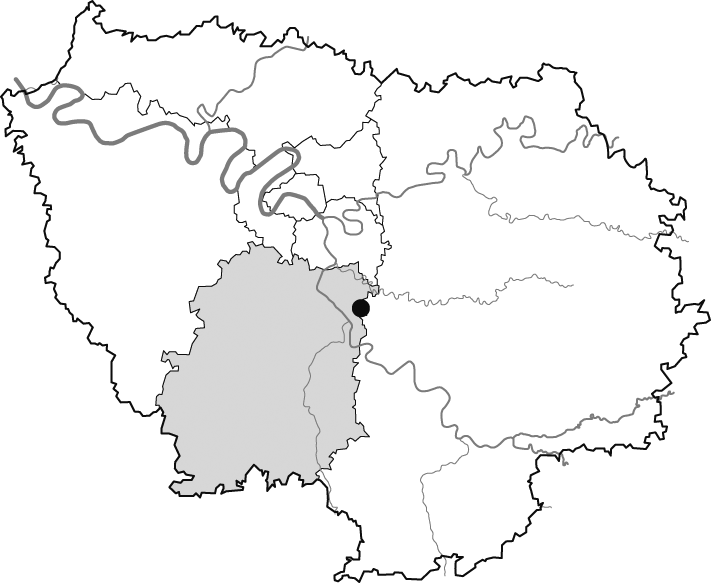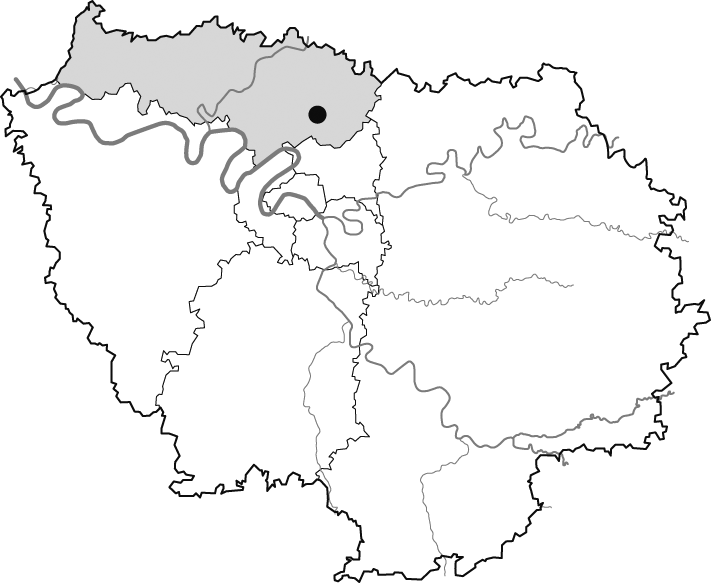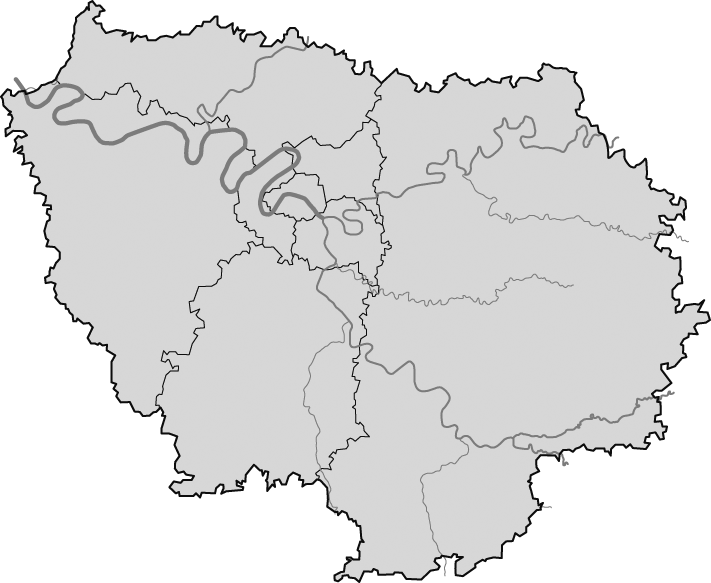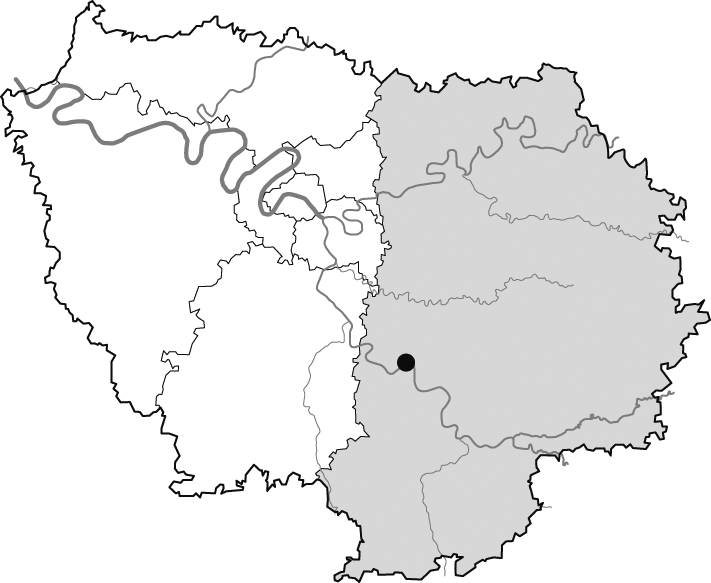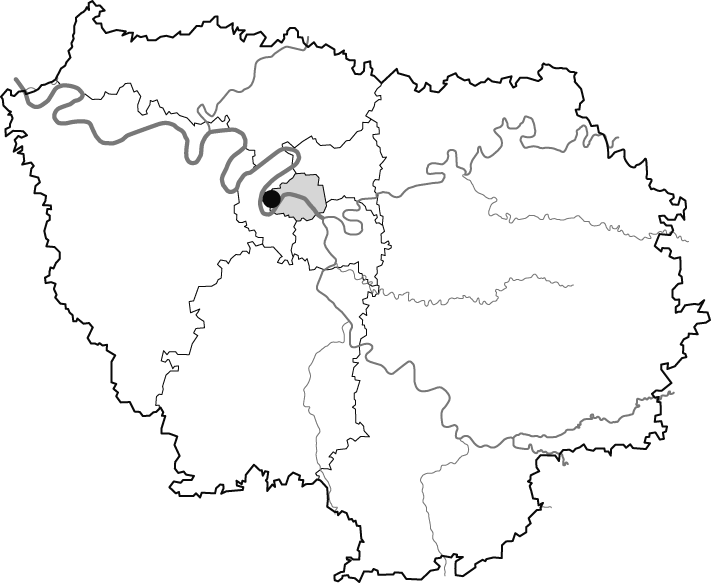 |
Sylvie ROBIN, Jean-Pierre GÉLY A STUDY METHOD FOR OLD QUARRIES AND THEIR URBAN TRANSFORMATION |
Abstract
An archaeological, geological and historical study, carried out on the plot occupied by Balzac’s house and the surrounding quarter in Paris’ 16th arrondissement, provided evidence for very old opencast quarries. Following desertion of the quarries, troglodytic dwellings were established in the 14th century. During the 17th century, use was made of the extremely uneven topography to terrace the hillside and develop housing. At the same moment, the Passy plateau was excavated by both opencast and underground quarries as well as by quarry-cellars beneath the new houses. In a quarter which is today heavily urbanised, understanding of the hillside’s development over the centuries is only made possible by an integral study based on a regressiveapproach method.

 FR
FR  EN
EN 